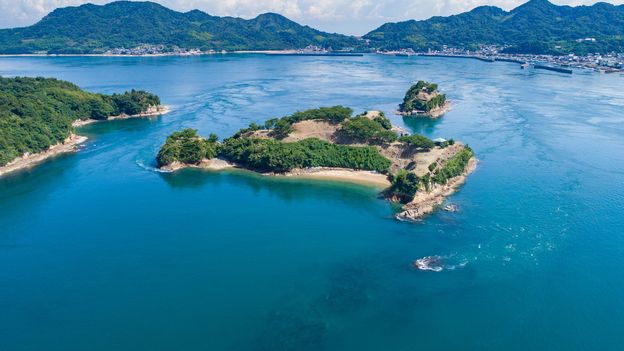Nearly every aspect of the bridges’ construction were world firsts, said Toshio Kutsukake, director of the Expressway Division of Japan’s Ministry of Land, Infrastructure, Transport and Tourism. Chief among these was the development of concrete and steel composite materials. “Tricky materials to work with,” he said, “because they affect the strength of the bridge.” But they were critical to achieving the long bridge spans while minimising the abutments to protect the environment. The Geiyo Islands are located in the Setonaikai National Park, Japan’s first national park created in 1934, and there was a need to make the bridges blend into the seascape.
As I travelled the Shimanami Kaido, it was not at all congested, and with interchanges on each island, the route seemed made for exploring.
In its way, it was. Unlike two other roadways built as commercial routes across the Seto Inland Sea, the Shimanami Kaido was built to be a road for daily use, said Kutsukake. Construction began in 1975 after almost a century of lobbying by the islanders for a convenient and safer way to get to shops, schools and hospitals. In 1955, a tragic ferry accident resulted in the loss of hundreds of lives, creating additional pressure for the route.
There are separate dedicated lanes for pedestrians, bicycles and mopeds. In one of the anchorage towers of the Kurushima Kaikyo Bridge, there is even a lift that descends to tiny Uma Island (population 13).


